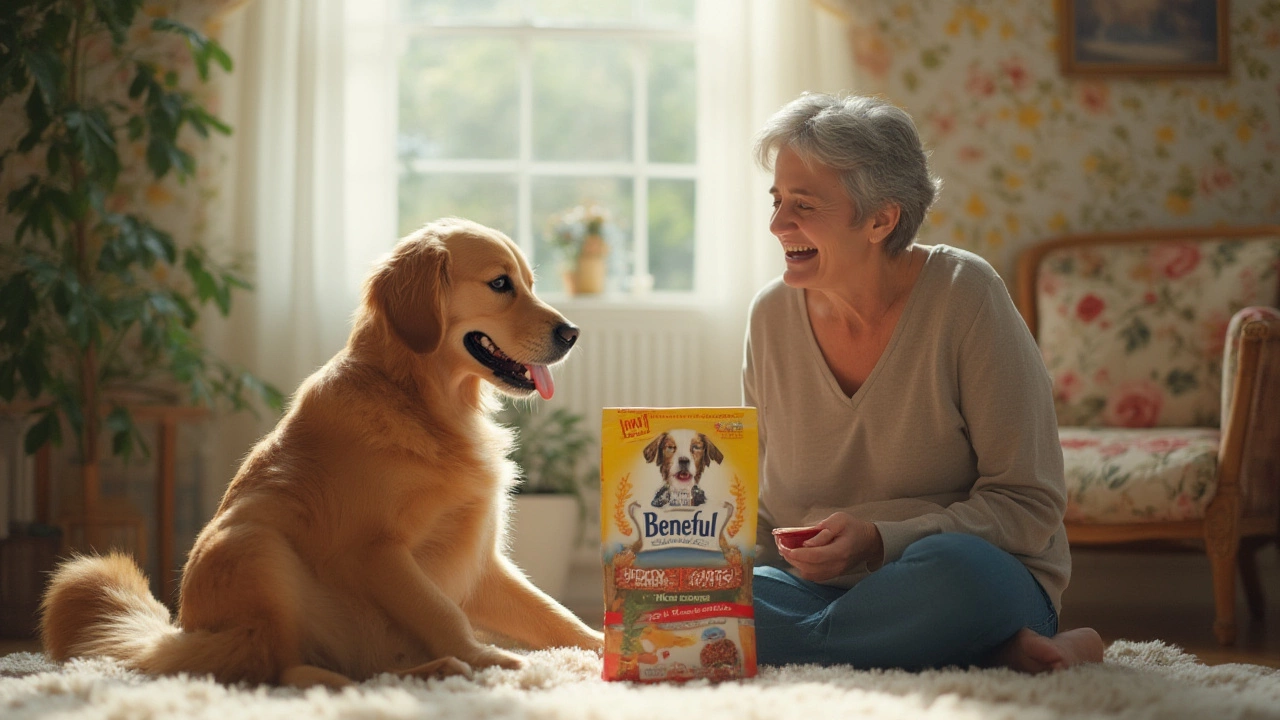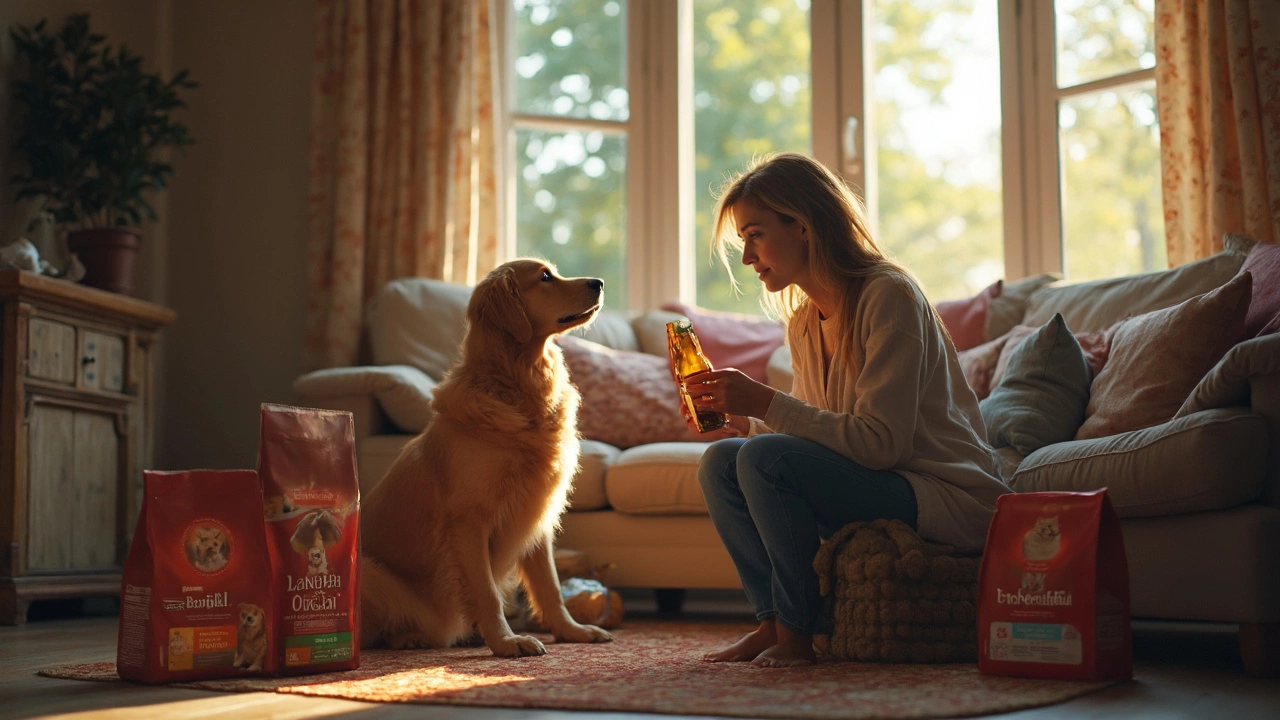Dog Food Safety Tips – Keep Your Pup Healthy & Happy
Ever looked at a bag of kibble and wondered if it’s really good for your dog? Food safety isn’t just about nutrition; it’s about making sure nothing harmful slips into your dog’s bowl. Below are practical steps you can take today to protect your four‑legged friend.
Common Risks in Dog Food
First, know the usual culprits. Low‑quality fillers, excess sodium, and artificial flavors can cause stomach upset or long‑term health issues. More serious are recalls caused by bacterial contamination like Salmonella or hidden toxins such as melamine. A quick glance at the ingredient list can flag many of these problems.
Another red flag is overly cheap brands that promise big savings but skimp on quality control. If the label lists unnamed meat meals or “by‑products,” ask the manufacturer for details. In the UK, reputable brands will provide clear sourcing info and batch numbers for traceability.
Tips to Keep Your Dog’s Meals Safe
Start with the label. Look for whole animal proteins (chicken, beef, lamb) listed first, and avoid unnecessary additives. Choose products that have passed the British Veterinary Association (BVA) or the European Pet Food Industry Federation (FEDIAF) standards.
Store food properly. Keep dry kibble in a sealed container away from heat and moisture; this stops mold and preserves freshness. For wet food, refrigerate any leftovers within two hours and use them within 24‑48 hours. A simple airtight bin can make a huge difference.
Check recall alerts regularly. The UK Food Standards Agency posts updates on pet‑food recalls, and many pet‑store websites have a “recall” section. Sign up for email alerts if you buy from a specific brand – it’s a quick safety net.
Rotate the brand occasionally. Feeding the same kibble for years can expose your dog to a hidden flaw that appears in a single batch. Switching between two high‑quality formulas reduces the chance of a batch‑specific issue affecting your pet.
Consider supplementing with fresh foods, but do it safely. Cooked lean meat, steamed vegetables, and plain rice are easy to digest and lower the risk of contamination. Never give cooked bones or seasoned leftovers – they can cause blockages or toxicity.
Watch your dog’s reaction. Any sudden vomiting, diarrhea, or skin irritation after a new meal should prompt a vet visit and a review of the food’s ingredients. Early detection prevents bigger health problems down the road.
Finally, talk to your vet about your dog’s diet. Vets can recommend brands that meet your pet’s specific needs, whether it’s a sensitive stomach, weight control, or a high‑energy lifestyle. Their guidance adds an extra layer of safety.
By staying alert, reading labels, and storing food right, you give your dog the best chance to stay healthy and happy. Small habits today keep costly vet trips at bay tomorrow.
Posted By Bryndle Redding On 19 Jul 2025 Comments (0)
Is Beneful Good for Dogs? Complete Guide to Ingredients, Safety, and Nutrition
Curious if Beneful is safe for your dog? Dive into the facts about Beneful's ingredients, nutrition, and what vets think. Make informed choices for your pup.
READ MOREPosted By Bryndle Redding On 7 Jun 2025 Comments (0)
Purina Beneful Lawsuit: What Dog Owners Need to Know
Curious about the lawsuit against Purina Beneful dog food? This article explains the key details behind the court case, what sparked it, and what it means for dog owners. Get a quick rundown on reported complaints, legal proceedings, and tips to help keep your dog safe when choosing pet food. Understand how these lawsuits impact big companies and everyday pet parents. Stay informed to make the best choices for your furry buddy.
READ MORE
